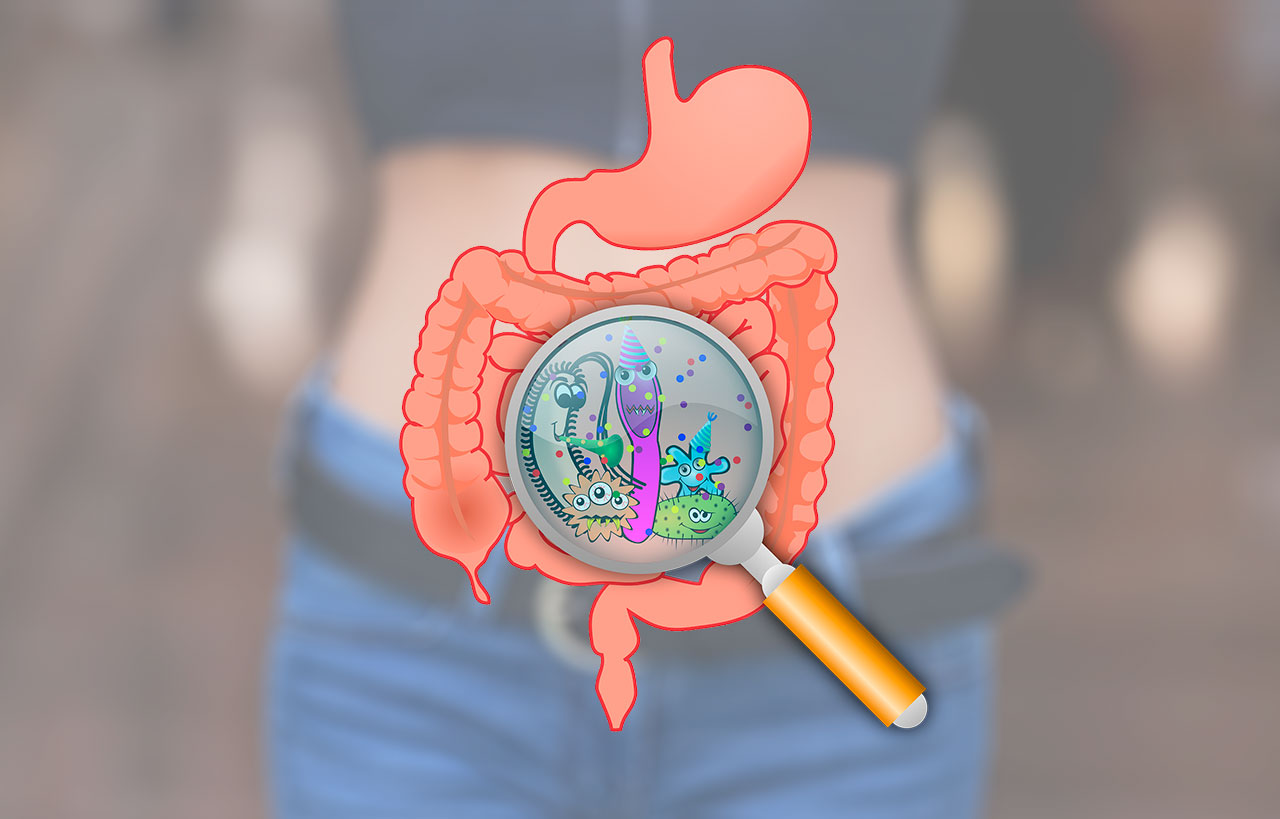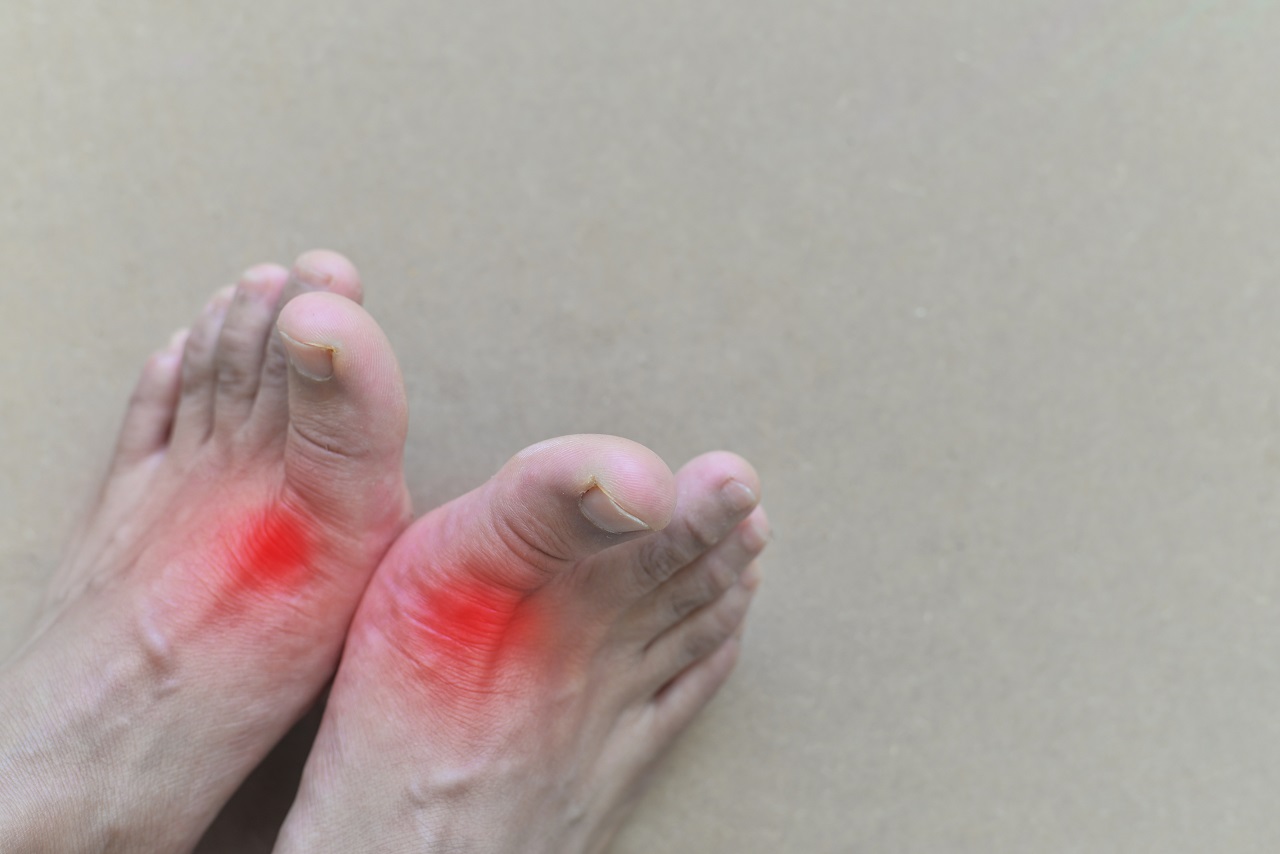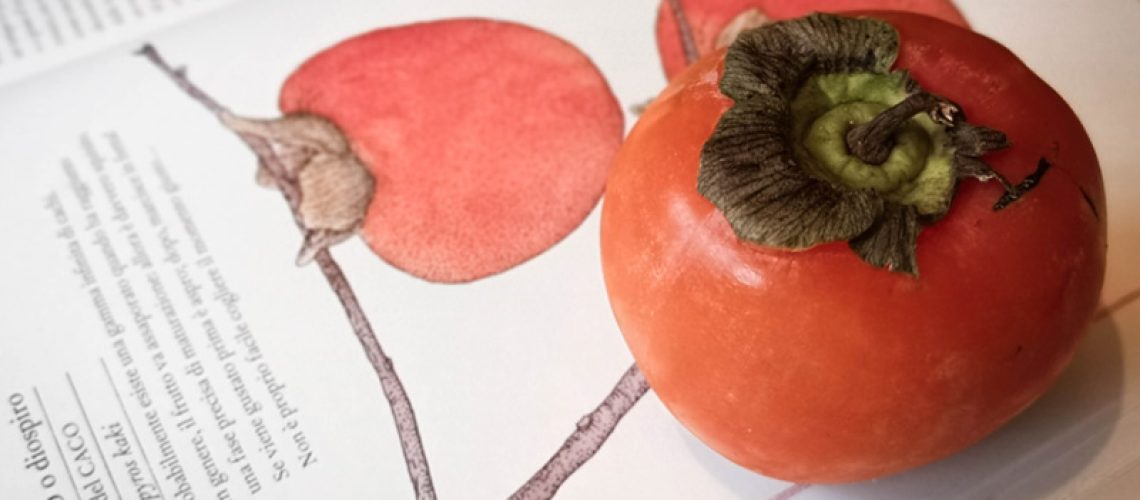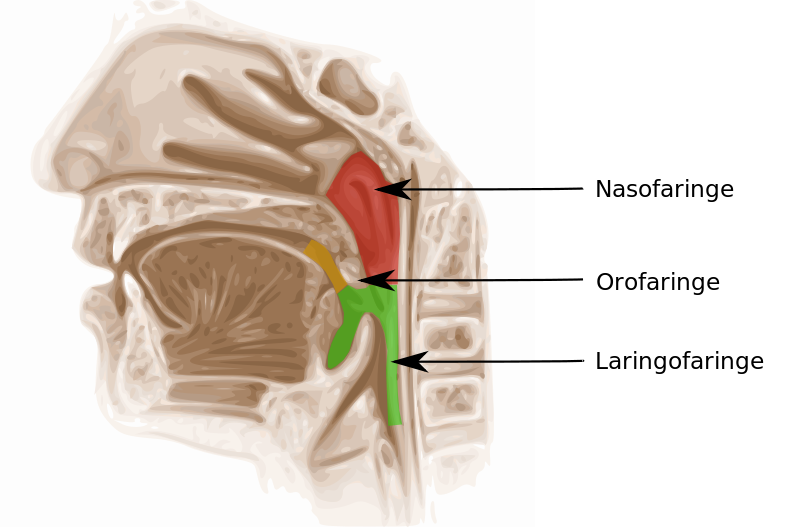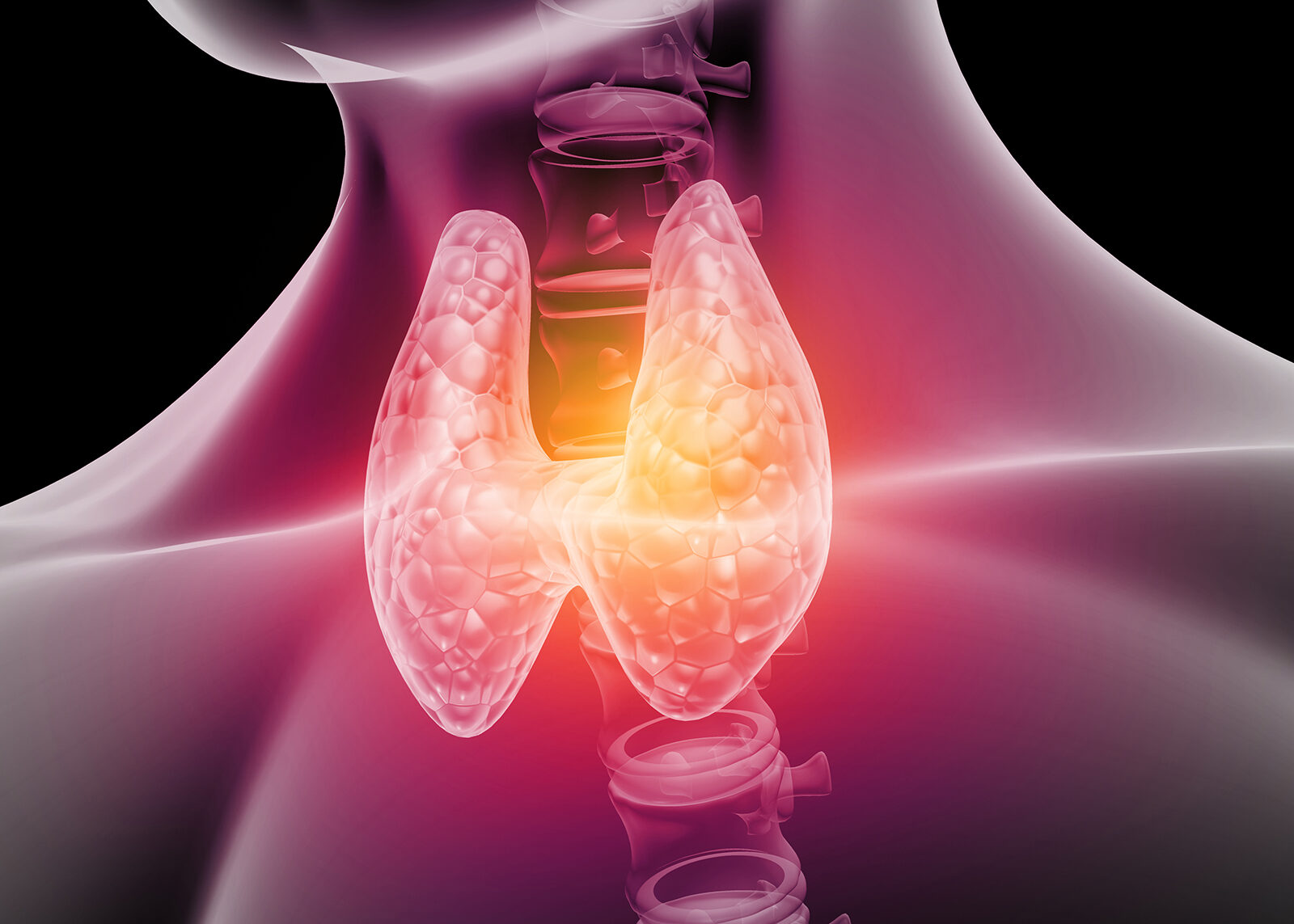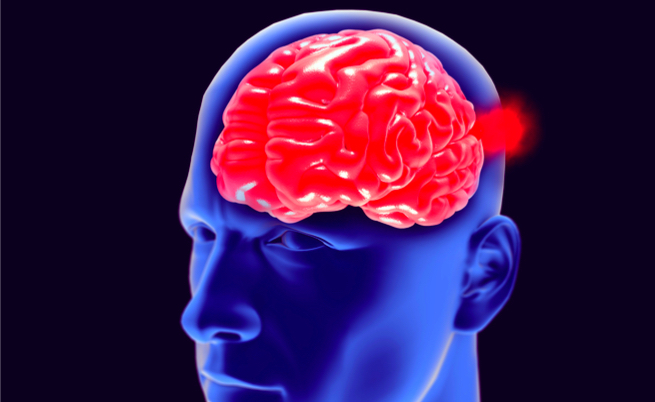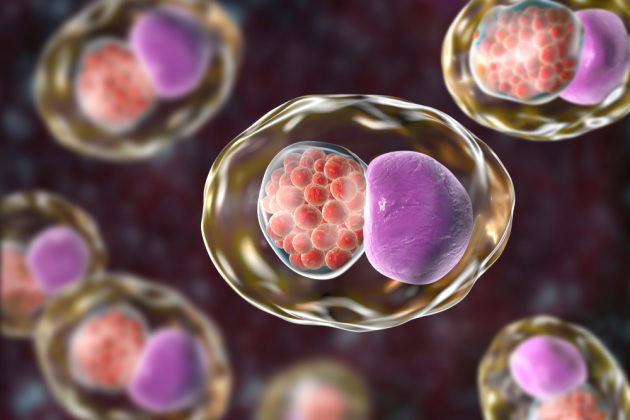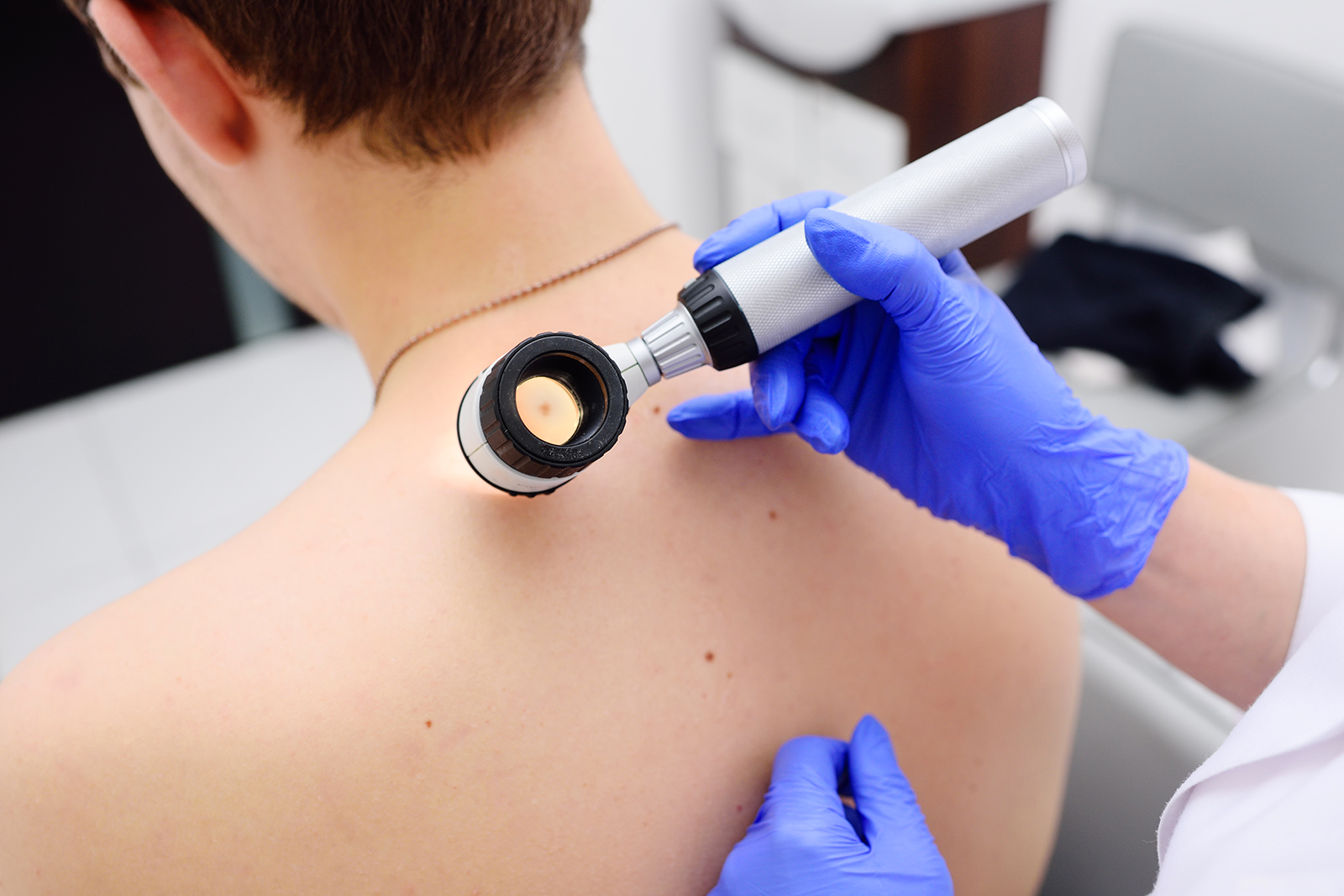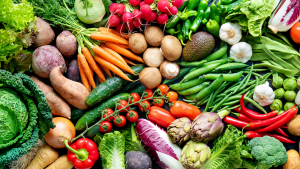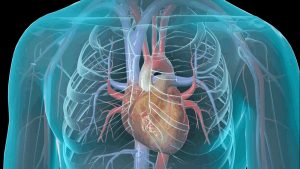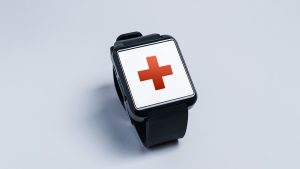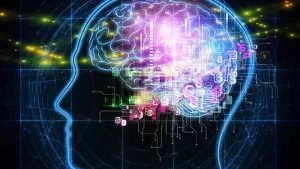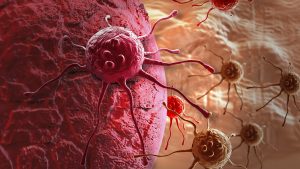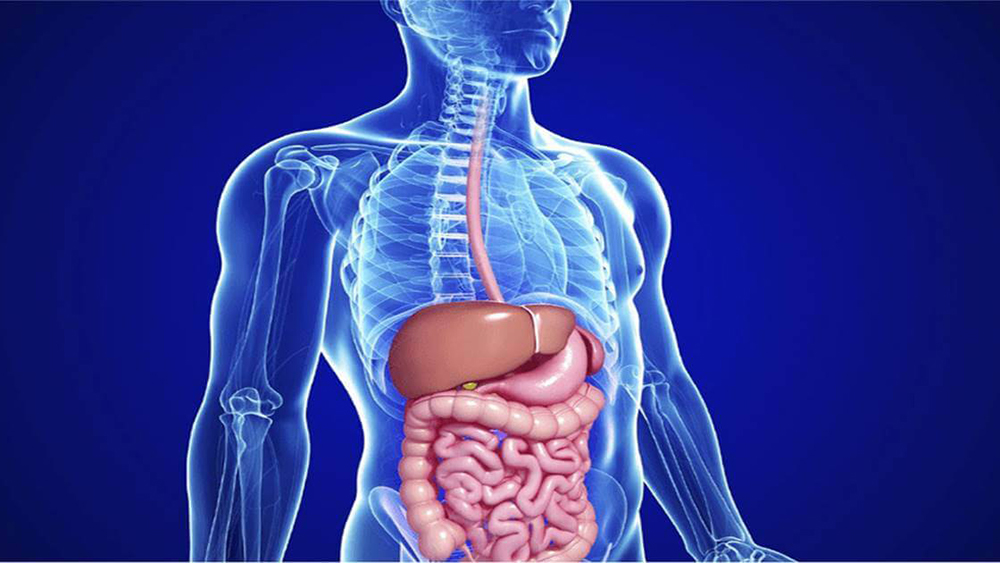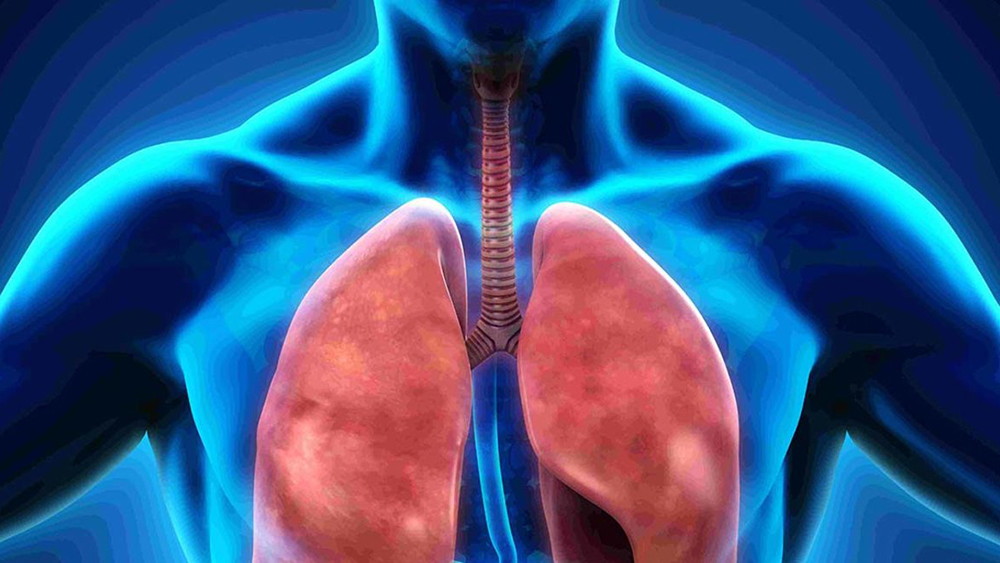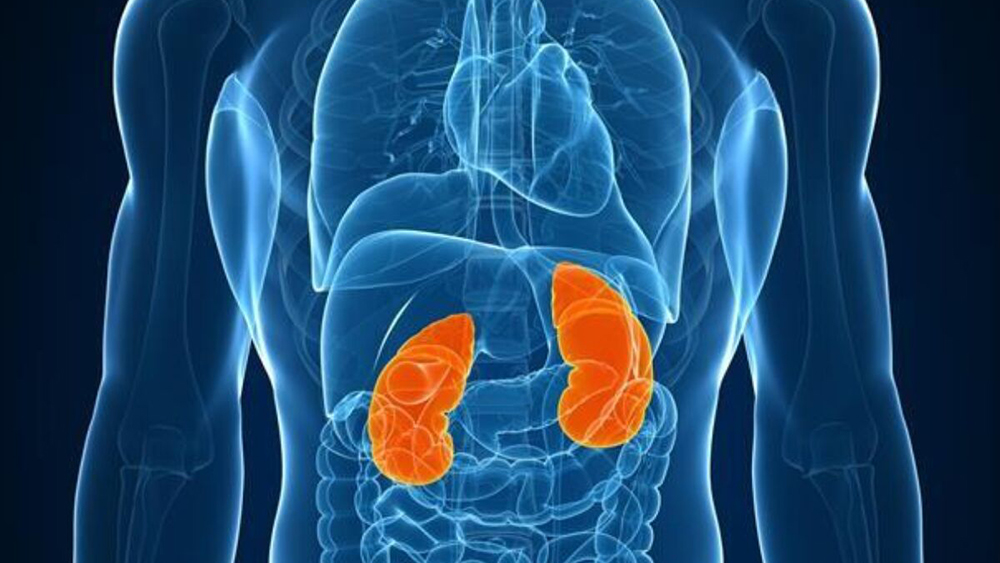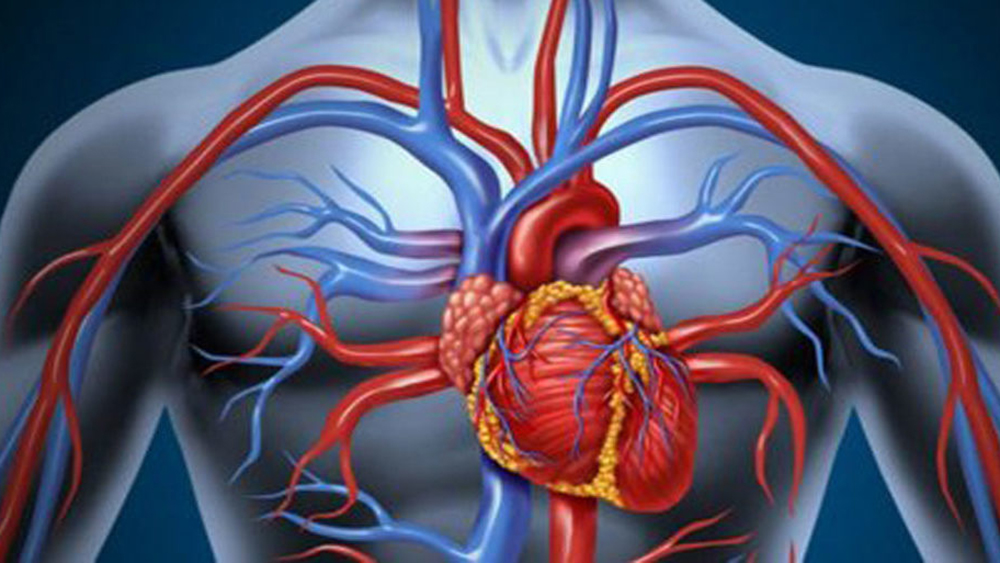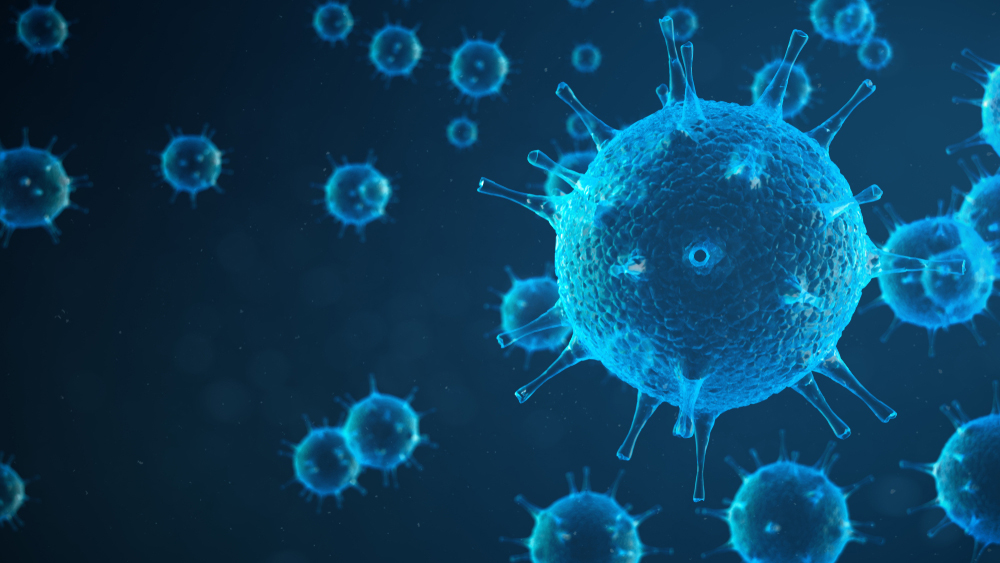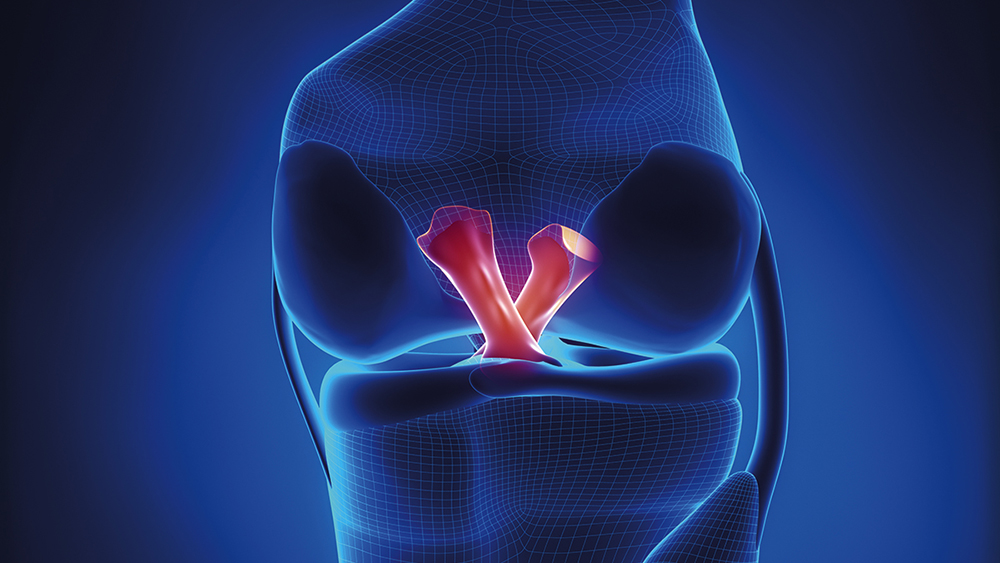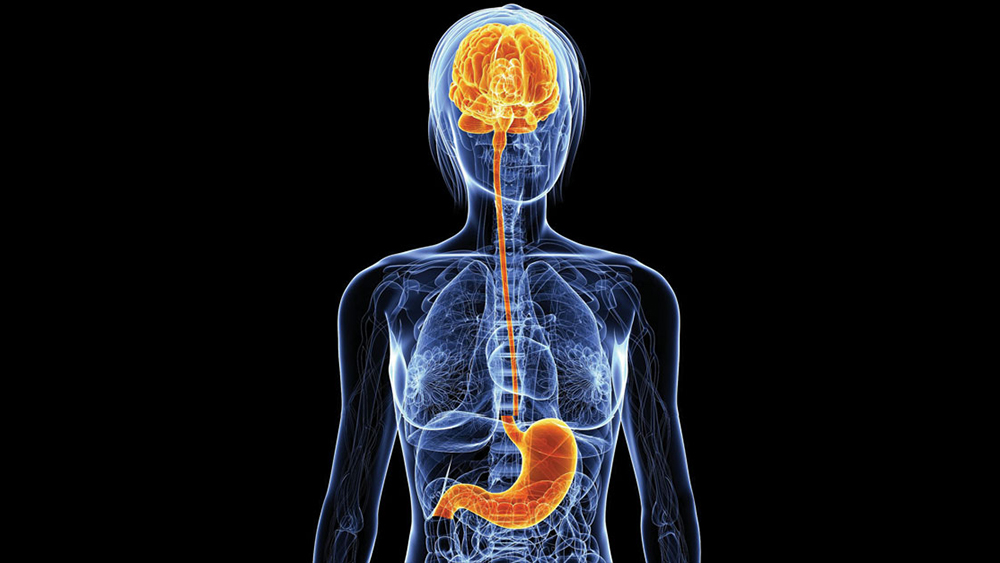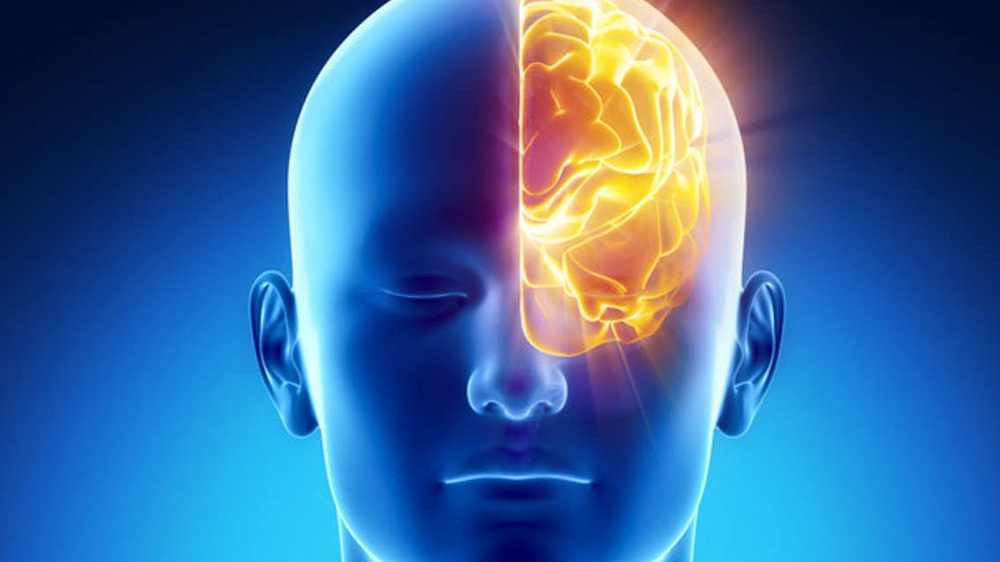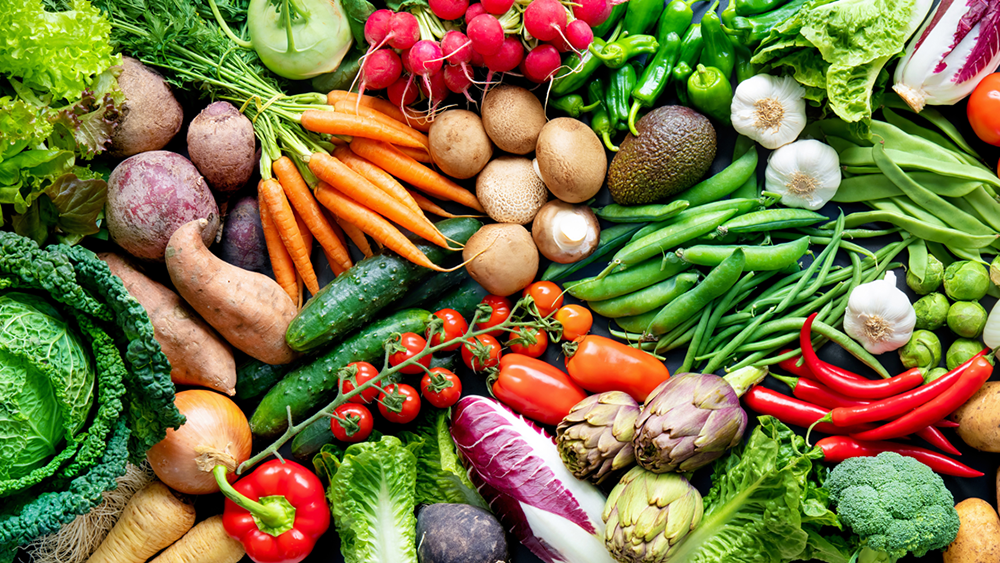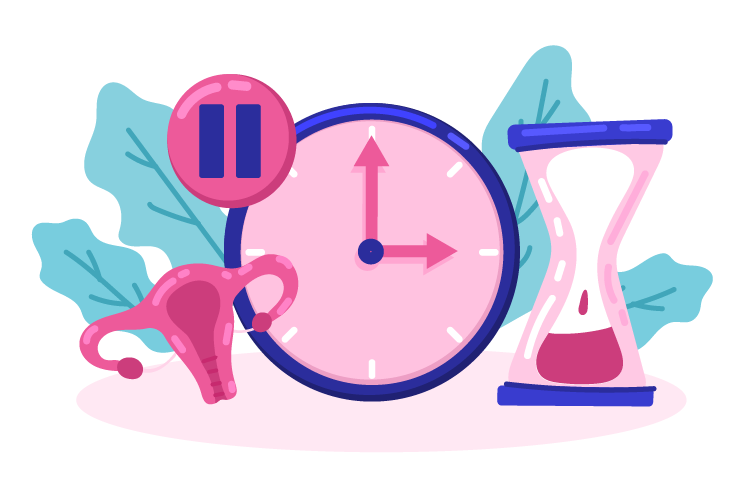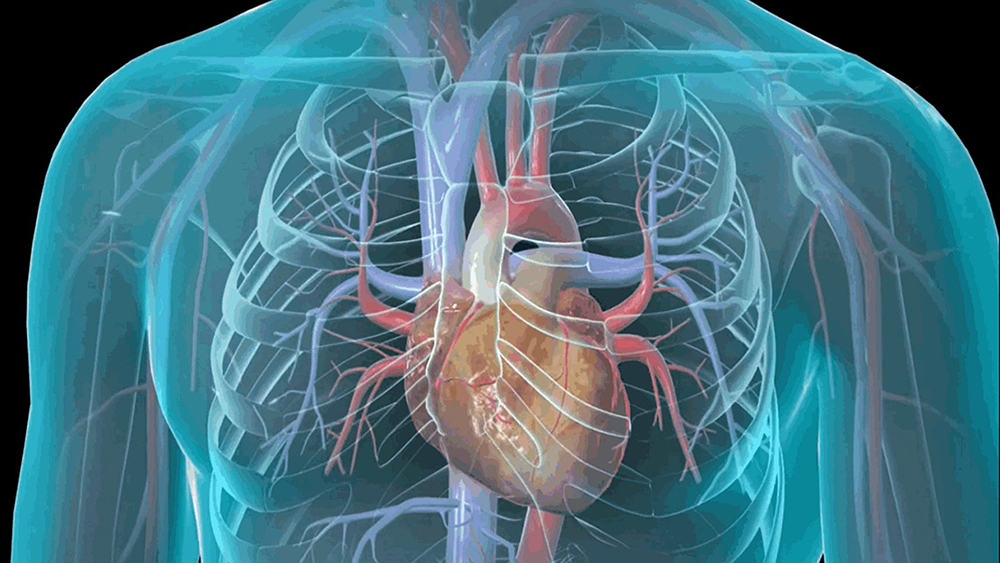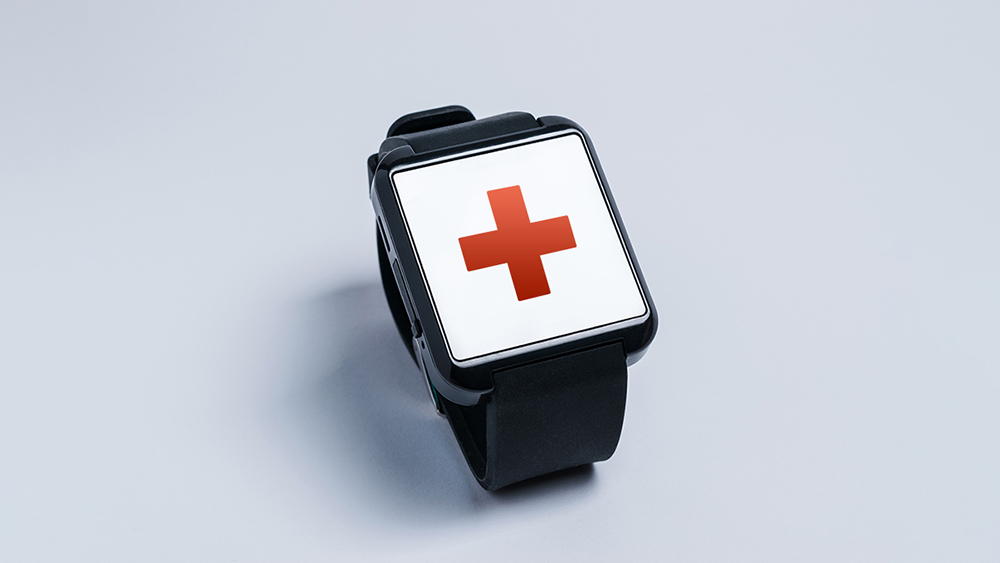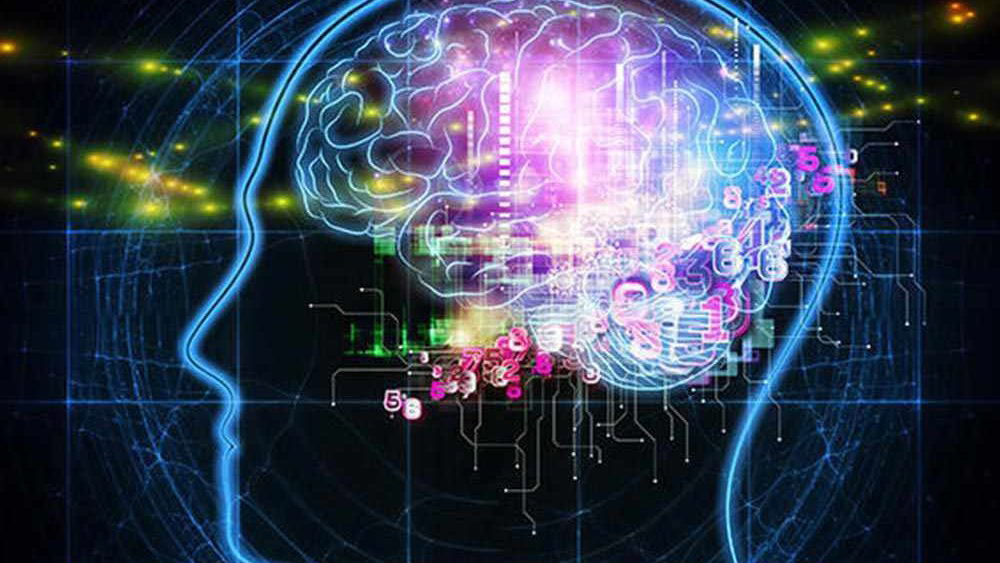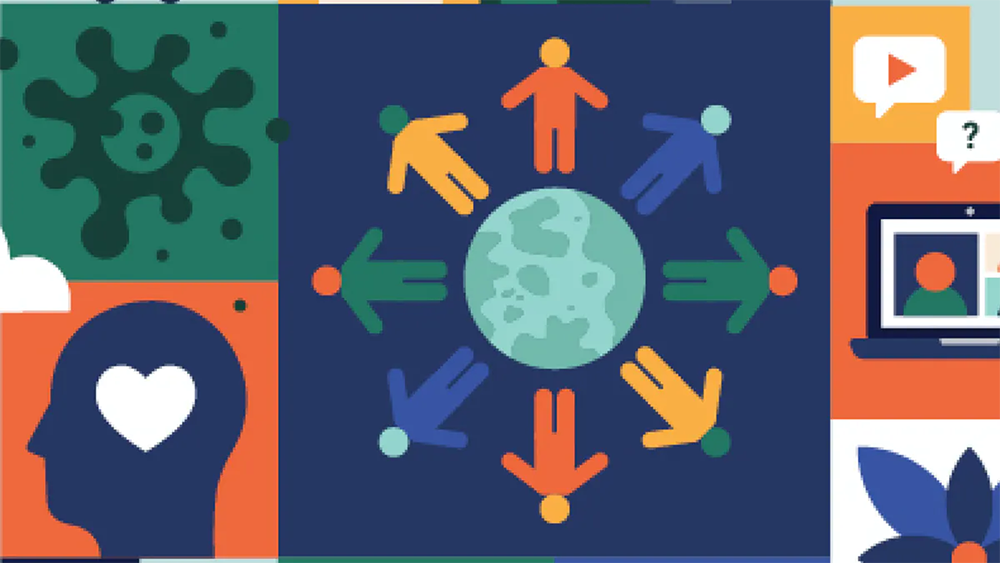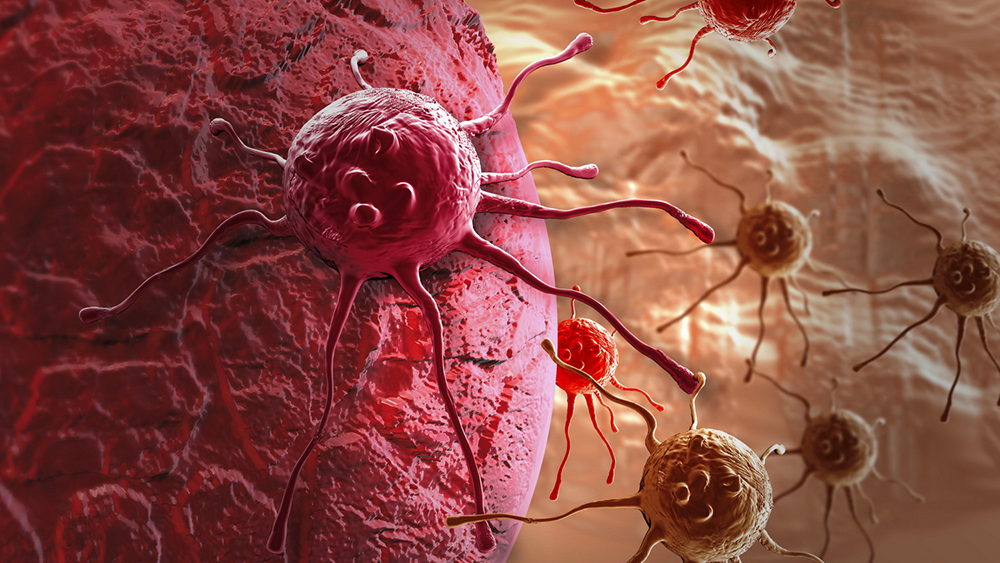COW IT CAME TO US
Persimmons, thanks to their bright coloring, are fruits that brought to the table immediately bring cheer. The persimmon (Diospoyros kaki, food of the gods) belongs to the Ebenaceae family, also called Despero or more rarely Lotus.
It originated from China’s “Apple of the East” and was also called the Tree of Seven Virtues, which are: long life (they can live as long as half a century), great shade, no nests among its branches, unassailable by woodworms, able to play with its ice-hardened leaves, rich in soil fertilizing substances, and the seventh virtue is the beautiful fire it provides. It then spread to Japan and arrived in Europe in the late 18th century.
There are several varieties but the most common is the Romanga Lotus. At the time of harvest (between mid-October and early November) when they have a yellow-orange color and hard flesh, they are not good to eat since being rich in tannins they have an astringent taste.
Ripening occurs when the fruit has already been picked, the color changes to orange: in fact, to become palatable, it must go through a ripening period called “ammezzimento” that is, the placement of the fruit in containers, alternating with crates of apples which, during the ripening period, give off two gases, acetylene and ethylene, which accelerate ripening.
They should be kept in a cool, dry place in a box covered with cardboard. Ready-to-eat persimmons should be well soft but not mushy, with no blackening or mold principles. Those for daily consumption should be stored at room temperature away from heat sources.
NUTRITIONAL PROPERTIES (per 100 g)
Macronutrients
Edible part (%): 97, Energy (kcal): 70, Water (g): 82, Protein (g): 0.6 , Lipids (g): 0.3
Available carbohydrates (g): 16, Soluble sugars (g): 16, Total fiber (g): 2.5
Micronutrients
Potassium (mg): 170, Phosphorus (mg): 16,
Vitamin C
(mg): 23,
Vitamin A
Retinol eq. (µg): 237
As confirmed by the Smartfood Program in Nutrition Sciences at IEO, the European Institute of Oncology in Milan, persimmons have a good Vitamin C content, which is very important for fighting colds and winter flu syndromes. Persimmons are very rich in carotenoids, such as beta-carotene (precursor of Vitamin A) and cryptoxanthin. They have powerful antioxidant action, are important for the growth of children, boost the immune system and regulate various processes related to vision as well as being important for the integrity of the skin. The pulp contains substances such as tannins, also important antioxidants, which are able to fight free radicals, responsible for aging and the onset of many chronic degenerative diseases. In addition, the pulp contains some minerals, such as potassium and calcium. These substances are able to fight intestinal inflammation and liver malfunction asthenia.
Being an energy fruit, it is RECOMMENDED for: children and athletes. Due to the good amount of fiber and water, persimmons have laxative and diuretic properties. They are, however, not recommended for diabetics, the obese and those with digestive disorders.
TIPS
Ripe persimmons are delicious in their natural state and are great as a mid-morning snack or snack. They can also be eaten as dessert by placing them in a clear glass cup, removing the stem and scooping out the pulp with a teaspoon. On festive days, they can also be enjoyed enriched with dark chocolate chips and accompanied by a good sparkling wine.
Credits: Dr. Maria Chiara Villa











